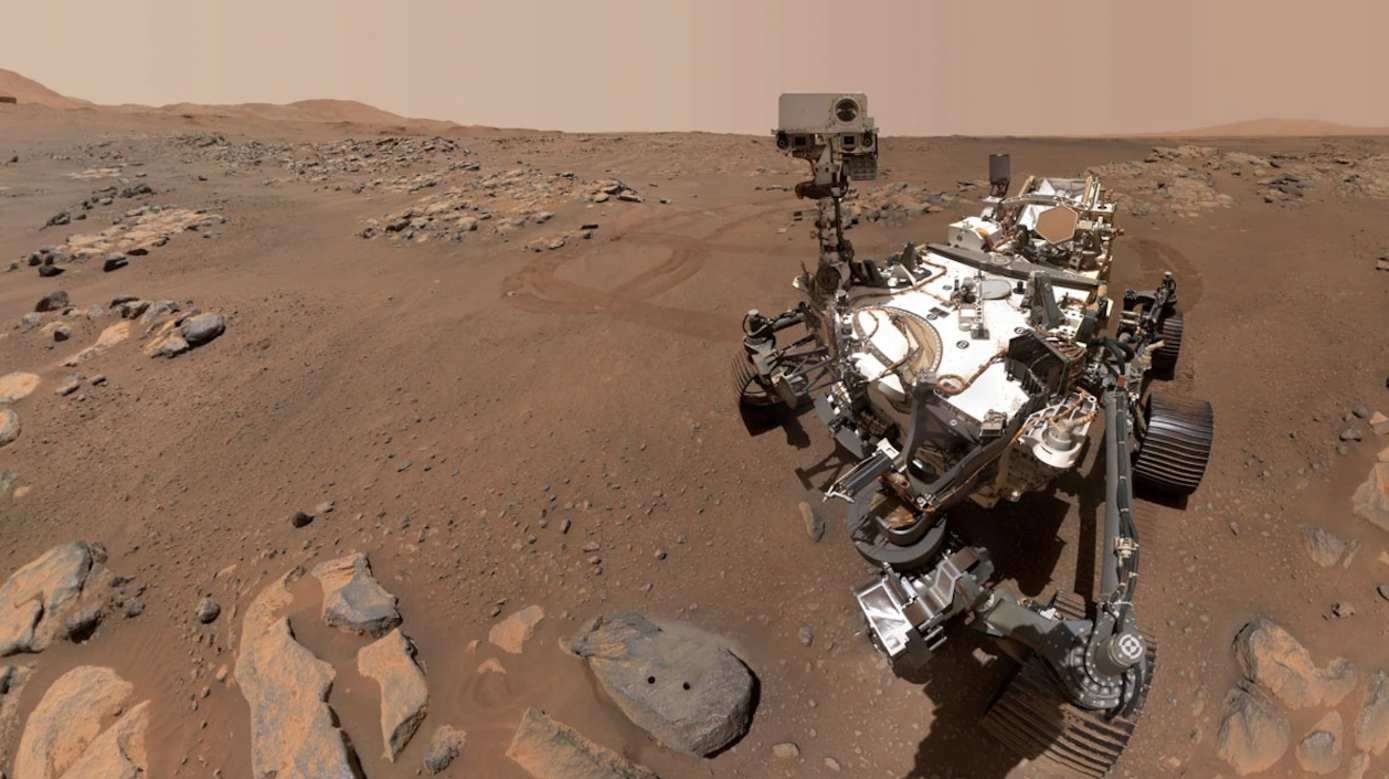NASA Detects Carbon Dioxide-the Building Block of Life-in Exoplanet's Atmosphere for First Time
For all the grief carbon dioxide gets down here on Earth, its detection in the atmosphere of an exoplanet has scientists elated.

A small device brought recently to Mars just created breathable oxygen out of the Red Planet's carbon dioxide-rich atmosphere.
While the Perseverance Rover's search for life has capitalized most of the headlines, additional equipment brought along like "Moxie" (Mars oxygen in-situ resource utilization experiment) and the Ingenuity Mars Helicopter, have both been totally successful.
Sustaining a human presence on Mars would require breathable oxygen, which is obviously too much of a burden to transport in cylinders aboard the limited cargo of a spacecraft. Fortunately, scaled up versions of the newly-tested Moxie, which is currently about the size of a school lunchbox, could do the oxygen-emitting work of over 100 trees, and be hooked up directly to a habitation.
"This is the first demonstration of actually using resources on the surface of another planetary body, and transforming them chemically into something that would be useful for a human mission," said Moxie deputy principal investigator Jeffrey Hoffman.
By the end of 2021, Moxie had been able to continue producing oxygen at consistent rates of 6 grams per hour through day and night, and through a variety of weather conditions. This is about the same as a single grown-up tree.
Along with providing a permanent human settlement on Mars with air, the oxygen can be turned into rocket propellent for return journeys to Earth through a fairly straightforward chemical engineering process.
"The only thing we have not demonstrated is running at dawn or dusk, when the temperature is changing substantially," said principal investigator of the Moxie mission at MIT, Michael Hecht.
"We do have an ace up our sleeve that will let us do that, and once we test that in the lab, we can reach that last milestone to show we can really run any time."
A full-size system could run for thousands of hours without any problems if it's proven to be consistent even while constantly switching on and off, Hecht says.
When Elon Musk developed the concept of a mission to Mars, robotic exploration proponents and comedians alike joked that it would be a one-way ticket.
But there's no accounting for scientific advancement, and the ability to produce oxygen in the Martian atmosphere turns the idea from a robotic-centered colony or a billionaire's playground into a much more believable concept.
SHARE This Breath Of Fresh Air On Social Media…
Be the first to comment